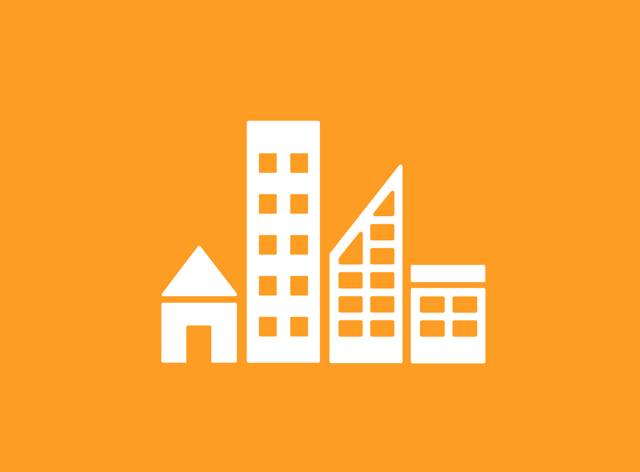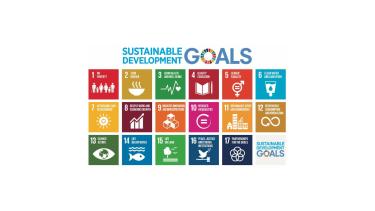On this page, you'll find a report on all the actions and activities initiated at the University of Namur in connection with United Nations Sustainable Development Goal #11: "Sustainable Cities and Communities".
International partnerships
UNIVERSEH
In 2022, UNamur joined the European alliance UNIVERSEH. In all its aspects (science, engineering, economics, business, social sciences and humanities, patenting and innovation, entrepreneurship, science and medicine, art and culture), and through teaching and research, UNIVERSEH will contribute to the European education area, to economic and industrial growth, to solving major societal challenges, and to making the space sector more sustainable, to ensure that the EU remains a world leader in space.
Uniservitate
Uniservitate is an organisation whose aim is to promote Service-Learning in Catholic higher education establishments throughout the world. UNamur is one of the thirty universities supported by the Uniservitate network. It therefore benefits from support for the institutionalisation of Service-Learning. This network is organised into 7 regions: Asia and Oceania, Latin America, North America, North-West Europe, South-West Europe, Central-East Europe and the Middle East, and Africa. Each region is chaired by a "responsible" institution, a central hub.
European University Association (EUA)
As a member of the European University Association, the University of Namur takes part in debates and discussions on the role of educational institutions in climate change and sustainability.
Kircher network
The University of Namur was founded in 1831 by the Society of Jesus. The Jesuit values and educational tradition still guide the University today. These include openness, excellence, sustainability and freedom. It is a member of the Kirche network, a network of higher education institutions linked to the Society of Jesus in Europe and the Middle East. The institutions aim to offer a different kind of education. An integral formation of the individual based on the Ignatian charism that promotes four dimensions: utilitas, humanitas, iustitia and, above all, fides.
Research
Discover all publications related to the sustainable development goal "Sustainable Cities and Communities" on the UNamur research portal.

